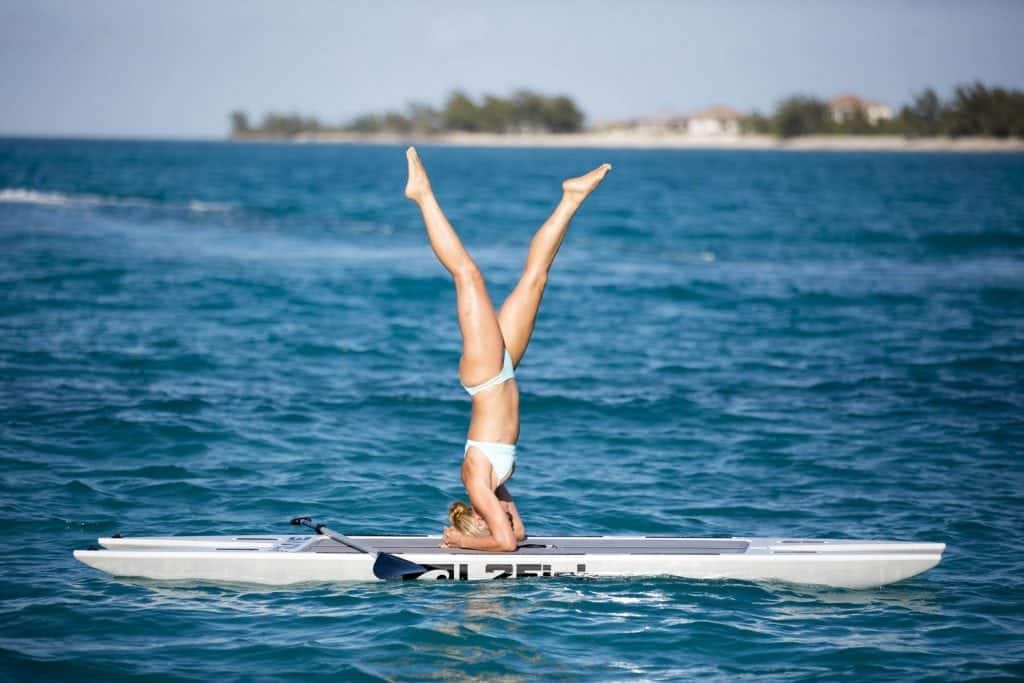By some estimates there are more than 450 decommissioned oil and gas platforms offshore of Louisiana and Texas in the Gulf of Mexico that have been converted into artificial reefs. Known as Rigs-to-Reefs, the program—using a federal grant managed by the Gulf states—is causing some unusual headaches.
Throughout the lifespan of a producing offshore platform—three to four decades—vertical artificial reefs come to life on the underwater structures of the rig and create a micro-ecosystem that teems with a large diversity of ocean corals, creatures and fish. In the extremely deep waters of the Gulf, these vertical reefs are described by some as “islands” that allow an incredible diversity of marine life to gain a foothold and thrive in what is effectively an ocean desert to all but deep water creatures. As such, the rigs are a very common and productive fishing destination inshore and offshore for charter captains and local fishermen who hook onto the rigs to fish, spearfish or to trawl in their vicinity.
At the end of their life or when their lease comes to an end, these rigs become known as “idle iron,” and what to do with them brings together unlikely allies and unusual opponents. By federal law, once a rig is decommissioned or its lease has expired, oil companies are required to remove them. For the most part, especially in deep water, the older rigs are systematically shut down and then dynamited at their base causing them to sink. This kills the entire ecosystem that cannot survive at some of these great depths.
The federal Rigs-to-Reefs program allows some of these rigs to be decommissioned and to stand in place with their ecosystem intact. This has led to a split within environmentalists—some steadfast for their removal, others embracing these artificial reefs. One side argues that the Gulf should be returned to its natural habitat and that oil companies should not be allowed to get out of their requirement to clean and remove these structures. The other side contends that these decommissioned vertical structures are a net positive for the health of the Gulf and its ecosystem. While both factions opposed oilrigs and the dangers they pose, both agree that U.S. taxpayers should not foot the bill for these programs.
Fishermen and charter captains are wholeheartedly behind the Rigs-to-Reefs program and are vocal about their economic and environmental benefits. Many say that the rigs have even expanded the territory of the red snapper to west of Mobile Bay, where before there were very few.
Offshore oil and gas drilling is a simple reality in the western Gulf of Mexico, and no one questions the accidental success of these vertical artificial reefs. How to properly administer and pay for them, however, is key.
By Harlen Leslie, Southern Boating Magazine
September 2015












